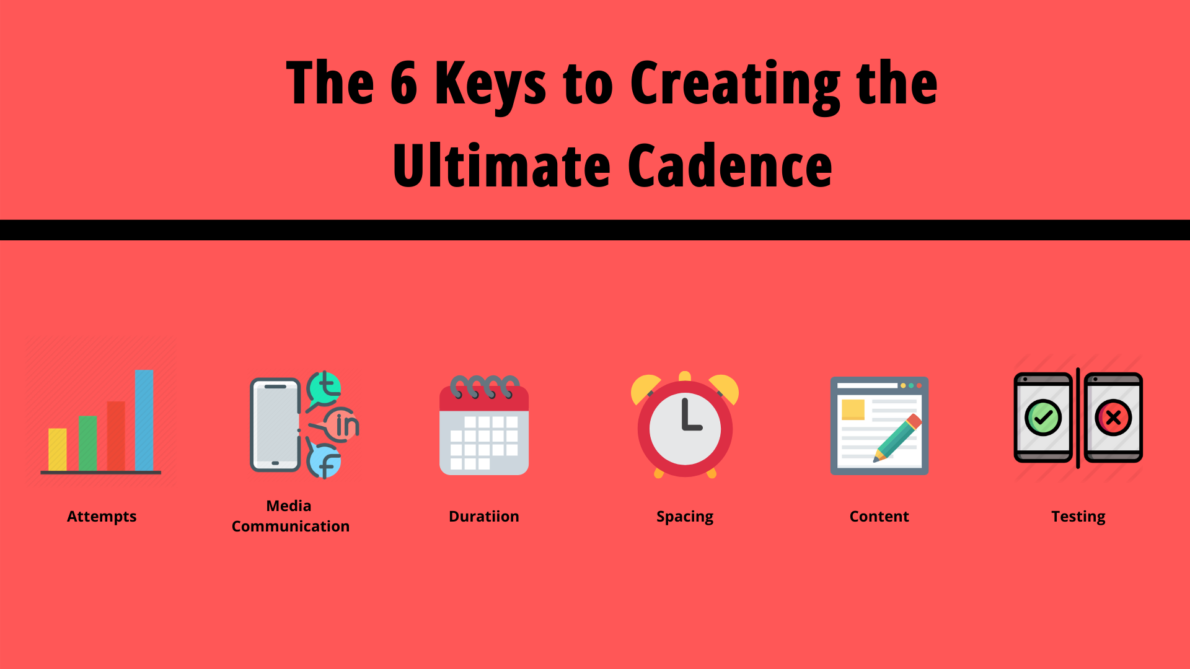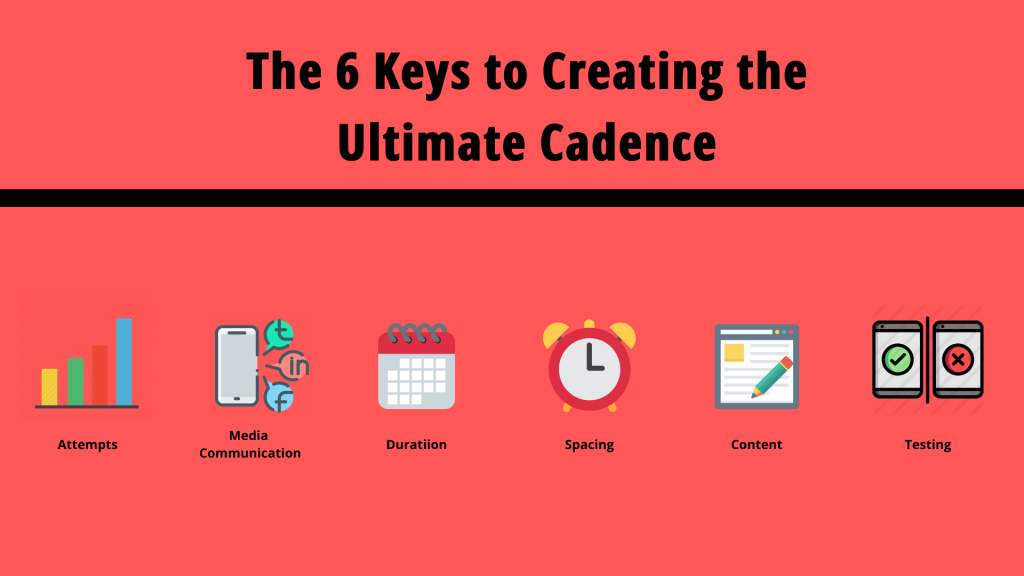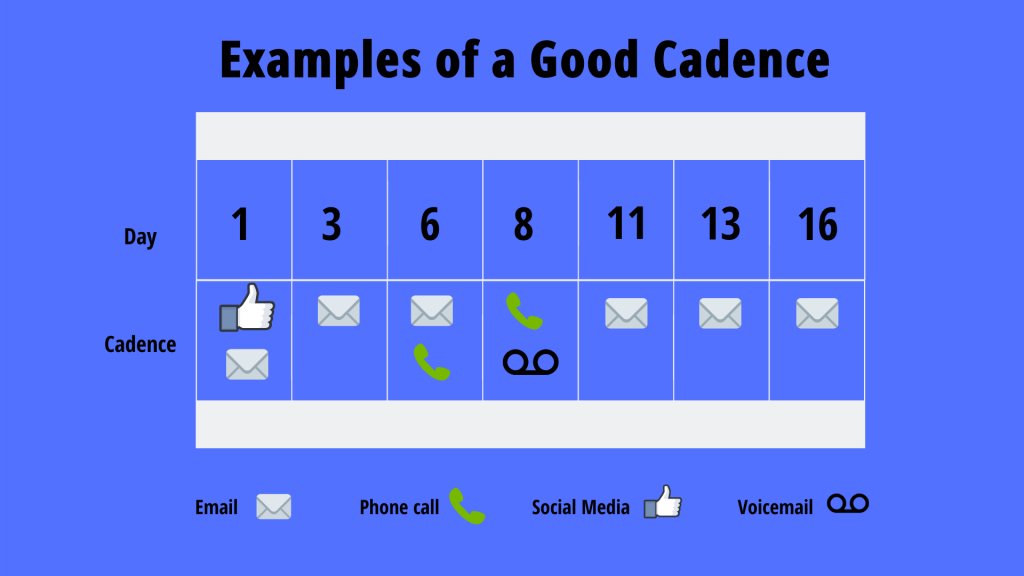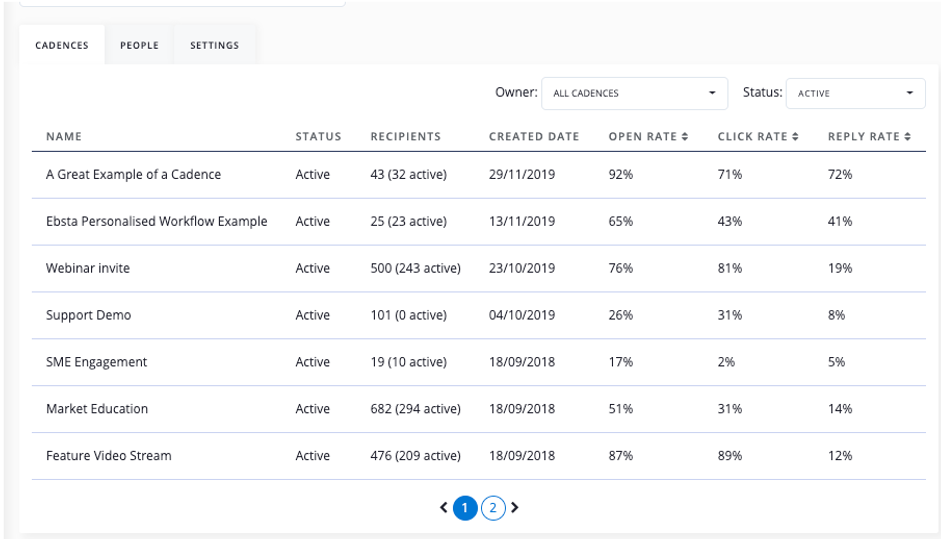Table of Contents
Share this article
Learn from the brightest minds how to predictably and efficiently grow revenue.
Related Content
AI in Sales: Transforming Sales Performance in 2025
Just like any other industry, the sales world is undergoing a massive transformation. What worked yesterday no longer guarantees success today, and the pressure to perform has never been greater. As buyer behaviour evolves, one thing becomes crystal clear: we need a new approach to enabling our sales teams to operate in new realities. Michael…
52% of Revenue from Existing Customers; But Renewal is No Longer Guaranteed
How modern revenue operations and subscription economics are reshaping enterprise software sales. You can’t rely on existing customers queuing to renew. In today’s rapidly evolving B2B landscape, the old playbook for enterprise software sales is becoming increasingly obsolete. Five years ago, subscription renewals were almost automatic. Now, as EDB’s Chief Revenue Officer Hervé Timsit reveals,…
Why Top Sales Leaders Get Coaching Wrong – And How an Olympian Fixes It with Matt Hemingway
In this episode of Revenue Insights, host Guy Rubin, CEO of Ebsta, sits down with Matt Hemingway, Vice President of Sales and Operations at Axcient, to explore how disciplined coaching, intentional leadership, and a culture-first mindset drive sustainable sales performance. Drawing on his background as an Olympic silver medalist, Matt shares how the mindset of…

How to Build the Ultimate Ebsta Sales Cadence
Acquiring great leads is an important first step in your marketing funnel. Once you have your list of prospects ready to go, two big questions come to mind. How do you reach out to them, and how often? We know that the average prospect needs between six to eight touches before they’re ready to convert.
We also know that the key to any successful campaign is constant testing. You need to know what messages work, when to send them, and how to send them. If your messaging strategies are all over the place, you’ll never have a truly good idea of exactly what’s working and what isn’t. Our Ebsta cadence tool is the answer to these problems.
Table of Contents
Ebsta Cadences: Some Basics
A cadence is a series of touchpoints with a prospect over time to establish a connection for a sale. It can include automated outreach, including emails, calls, texts, and social media channels.
A cadence starts at the first point of contact and continues through a series of interactions until the prospect is either converted into a sales opportunity or exits the cadence.
Ebsta cadences also helps to streamline your outreach; ensuring you never miss a follow-up again and can improve the effectiveness of your activity with intelligent insights.
Creating your Ebsta Cadence
Before reviewing our examples, remember there are many factors and best practices that go into the creation of an ideal Ebsta cadence. It depends on the following factors:

1. Attempts
You need to contact a prospect at least six times to get their attention. So, an ideal cadence should have anywhere between 6-8 touchpoints
2. Media
A good cadence can include email, phone calls, voicemail, text messages, social media channels, etc. to reach out to prospects. Come up with a list of platforms where your prospects are most likely to be active. If your prospect is more responsive to LinkedIn InMails than phone calls, use that to your advantage by including it in your cadence.
3. Duration
Duration is the length of the sales cadence—from the first touch point to the last. The ideal duration of your sales cadence should be two to four weeks.
4. Spacing
Touching base with a prospect more than three times a week is sure to get on their nerves, and it increases your chances of losing a deal. Make sure you wait a day or two before reaching out to them again.
5. Content
The chances of your prospect getting back to you depends on the quality of your content. To catch your prospect’s attention, your content must be intriguing and informative. If you have a killer cadence but mediocre content, your cadence strategy won’t take off.
6. Testing
With Ebsta cadences, you can test and optimize the effectiveness of your activity with intelligent insights, such as open rates, click rates, and reply rates to measure the performance of workflows and improve cadence success.
Well, that’s some useful data isn’t it? Let’s put it to work.
Examples of a good Cadence

Day 1: Send a personalized email
Start by finding out more about your prospects by using social media platforms such as LinkedIn, Twitter, etc. Understand their business and how your product/service can benefit them. Then, send a personalized email using the data you have gathered about them, followed by a connection request on LinkedIn.
“Congratulations on <prospect’s achievement>! It is not easy to get to your position without hard work and dedication. Your journey through the <prospect’s industry> has been truly inspiring.
I did a fair amount of research about your company and I’ve shared a few of my thoughts that could help boost productivity:
”{List how your solution helps their business perform better}”
Day 3: Send an email to pitch your product/service
Send an email empathizing with their pain points. Bring in specific business use cases, and express your thoughts on how your product/service would help them.
“I am reaching out to you because {pain point}. {Your solution}. We recently worked with <competitor’s name> on similar lines.
Is this of priority for you to stay on top? If yes, what’s the best way to get 15 mins of your time?”
Day 6: Email in the morning, Call in the afternoon
Keep the first follow-up email short and crisp. The goal of this email is to get a simple “Yes” or “No” from the prospect.
For example, your email could say –
“I just wanted to follow up to see if you received my email.. It would be great if we could have short email exchanges or a phone call— to decide if you would like to take this forward. Please do let me know if you have a couple of minutes to spare some time this week.”
Day 8: Make a phone call in the evening. Leave a voicemail and email if unanswered
Make your first call to the prospect. If it goes unanswered, leave a voicemail with your name and phone number. Request for a callback at a time convenient for the prospect.
Here’s a voicemail script you can use:
“Hi {prospect’s name}, I am Nate. I am reaching out to you regarding the email I’d sent for {product}. I just need a few minutes of your time. Please let me know when you are available to jump into a quick call. You can reach me at {Phone number}”
Also, drop an email to them saying you tried calling them.
Day 11: Send the second follow-up email
The second follow-up email should essentially be about features of your product/service, that are relevant to your prospect’s pain points.
Your email could start with-
“I am following up on a couple of emails I sent about <product/service>…”
And go on to list the features.
Day 13: Send the third follow-up email
Send a third follow-up email with case studies and success stories of how you have helped other businesses.
Day 16: Breakup email
This would be your last email in this communication chain. You could begin your email by saying –
“I’ve tried to reach you a few times to go over suggestions on how to improve your {department that uses your solution}, but haven’t heard back.”
One last time, highlight their challenges and remind them of how your solution can help.
End the email on a positive note, and leave an open door for future opportunities. For example, you could say –
“Do let me know if we can sync up towards the end of Q3 or early Q4 to explore potential collaborations.”
How to measure and track the results?
Manually following up with prospects can be quite challenging, especially when you’re dealing with a large number of leads.
Using Ebsta’s cadence tool, you can gain insights into how many leads have entered and exited the cadence, the email open and click rate, and the number of follow-ups made in social media channels and over a phone call.
Once you have a cadence, you need to know if it is working for you. To judge the success of your Ebsta cadence, you need to track the following two metrics:

1. Email open and click rates:
If your email has been opened, then you’ve nailed the subject line and caught the prospect’s attention. If they’ve clicked on the links that you have shared, it implies that your email content has intrigued your prospect enough to prompt an action. Email open and click rates shows you when there is room to tweak or change the email outreach strategy.
2. Email open to reply ratio:
A high reply rate tells you that the email content resonates with the prospect’s needs and pain points. If you don’t get a good reply rate, your email content needs work.
Cadence Best Practices
- It’s a myth that the best days to cold call and set-up meetings are on Tuesday, Wednesday, and Thursday. Many sales teams have had opportunities and meetings scheduled on Mondays and Fridays as well, which have also proven to be positive.
- Making a cold call is less about you, and more about who your prospects are. The best time to cold call is from 10:30 am – 12:30 pm, and 2:00 pm – 4:00 pm and where they are from. If your prospects are high–level and mid-level managers, they are usually available during the start of the day. But if your prospects are employees, they are most likely to be available post lunch and during the latter part of the day.
- But on the other hand, the worst time to call is the best time to email. Most workplaces open between 9 and 10am. Once employees are in the office, the first hour is generally spent checking emails and organizing the day. During this hour, your email has a higher chance of visibility. Sending an email during their transit period places your email on top, and would be among the first that they see as they open their inbox. Emails that are sent late in the evenings or early mornings have a chance of being missed.|
- You can make up to three touchpoints in a day. For example, if your touchpoint is over a call and your prospect does not pick up the phone, you can leave a voicemail and send an email. But make sure you don’t have more than three on the same day. You don’t want to risk frustrating your prospects.
- “Yes” from a prospect is what sales reps want to hear. “No” is a little difficult to take, but you move on to other prospects. But if the prospect does not respond to any of your touchpoints, it could mean two things — they are interested but didn’t get a chance to respond, or they don’t want to move forward with you. This is when you send a breakup email. Your breakup email should empathize with their pain point, apologize for any inconvenience that you may have caused, affirm that you are closing the communication chain, and finally leave an opportunity for them to get back to you anytime in the future.
- When you receive a ‘No’ from a prospect, try to understand the reason for the rejection. This may be because they already use a competitor product, don’t have the budget or the need for it. Knowing the reason for the lost opportunity will help you identify patterns and improve your product/service.
A cadence ensures that leads don’t fall through the cracks and are moving across stages in your sales funnel. Test the cadences that you build and adjust as needed until you find what works best for your business.
We hope these tips will help you optimize your existing Ebsta cadences—or create a brand new one from scratch. Either way, you’ve got this!
If you’re an existing customer and want to find out more about Ebsta Cadences, then please get in touch with your dedicated Customer Success Manager.
Otherwise, feel free to trial the Ebsta Inbox solution on a 30-day free trial.
